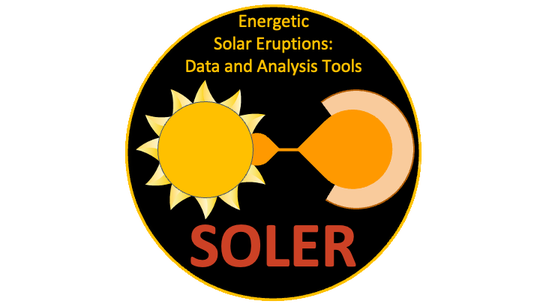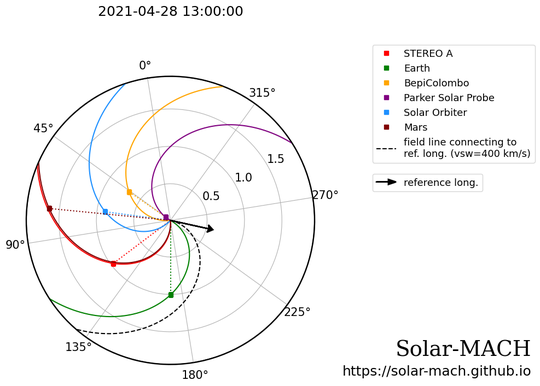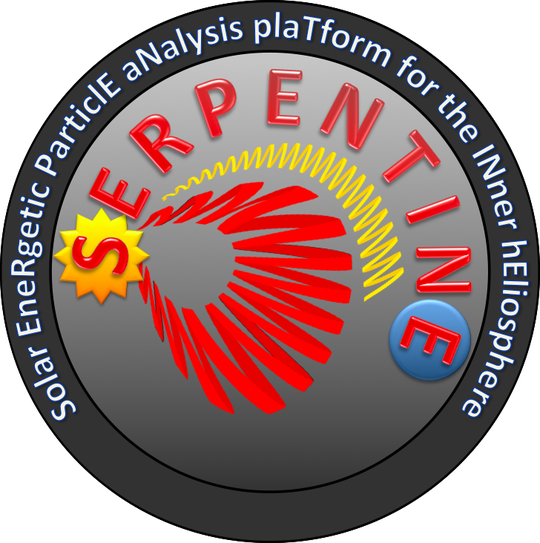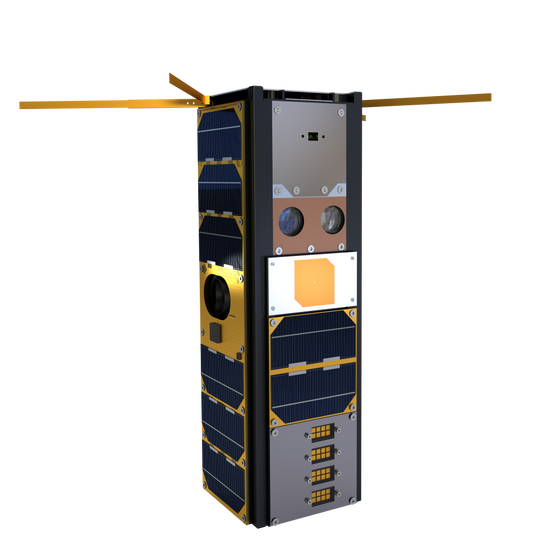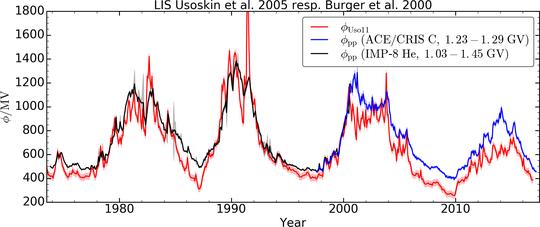About me
I am a Senior Researcher at the Space Research Laboratory at the University of Turku in Finland. As a member of multiple EU Horizon Europe projects that investigate Solar Energetic Particle (SEP) events, I am focussing on the analysis of energetic charged particles in the helisophere, with an emphasis on providing open-source Python software for this purpose. Furthermore, within the Finnish Centre of Excellence in Research of Sustainable Space (FORESAIL), I am investigating charged particles measured in the vicinity of Earth using CubeSats.
- Heliospheric Physics
- Solar Energetic Particles
- Galactic Cosmic Rays
- Radiation Belts / Magnetosphere
- Python
-
Dr. rer. nat. (PhD) in Heliospheric Physics, 2018
University of Kiel, Germany
-
Diploma in Physics, 2008
University of Kiel, Germany
Recent Publications
Context. We study the solar energetic particle (SEP) event observed on 9 October 2021 by multiple spacecraft, including Solar Orbiter. The event was associated with an M1.6 flare, a coronal mass ejection, and a shock wave. During the event, high-energy protons and electrons were recorded by multiple instruments located within a narrow longitudinal cone. Aims. An interesting aspect of the event was the multi-stage particle energisation during the flare impulsive phase and also what appears to be a separate phase of electron acceleration detected at Solar Orbiter after the flare maximum. We aim to investigate and identify the multiple sources of energetic electron acceleration. Methods. We utilised SEP electron observations from the Energetic Particle Detector (EPD) and hard X-ray (HXR) observations from the Spectrometer/Telescope for Imaging X-rays (STIX) on board Solar Orbiter, in combination with radio observations at a broad frequency range. We focused on establishing an association between the energetic electrons and the different HXR and radio emissions associated with the multiple acceleration episodes. Results. We find that the flare was able to accelerate electrons for at least 20 min during the non-thermal phase, observed in the form of five discrete HXR pulses. We also show evidence that the shock wave contributed to the electron acceleration during and after the impulsive flare phase. The detailed analysis of EPD electron data shows that there was a time difference in the release of low- and high-energy electrons, with the high-energy release delayed. Also, the observed electron anisotropy characteristics suggest a different connectivity during the two phases of acceleration.
Projects
Contact
- Vesilinnantie 5, 20500 Turku, Finland
- Enter Building ‘Quantum’ and take the stairs to Office 351 on Floor 3
